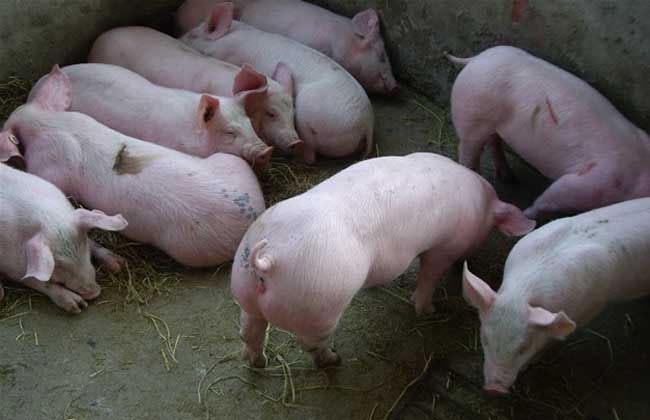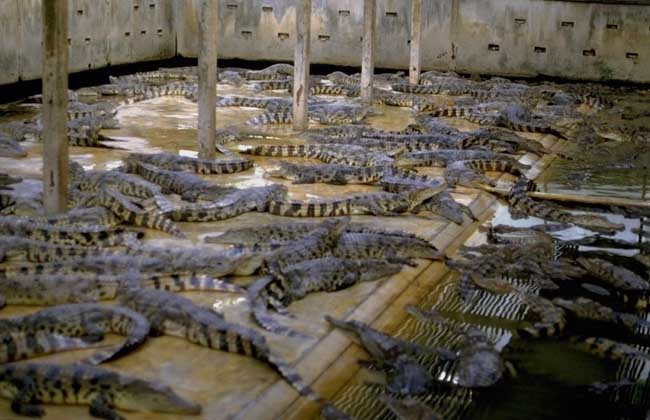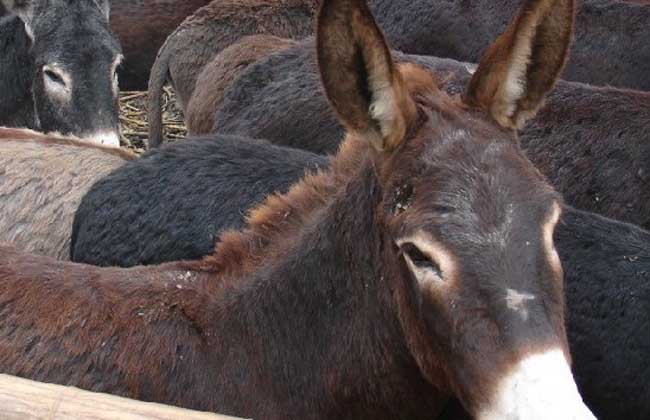Pig subsidy policy in 2016

Pig subsidy policy is a means for the state to increase support, so that farms (households) directly or indirectly get subsidy funds, but also hope to guide the pig industry to a healthier direction through subsidies. New changes have taken place in China's agricultural subsidies by 2015, and all kinds of subsidies will continue to be implemented in 2016. Let's take a look at the pig subsidy policy in 2016.
Preferential policies such as water and electricity
The state encourages the development of aquaculture through the use of barren mountains, barren ditches, barren hills and barren beaches, exempts the fees for groundwater resources and enjoys the price of agricultural electricity.
Subsidy policy for improved breeds of livestock and poultry
The number of pigs involved in 2015 was 16.5225 million. The standard of subsidy for improved breeds of live pigs is 40 yuan per breeding sow. This year, the central government allocated 1.2 billion yuan through funds for the development of modern agricultural production to support subsidies for improved animal husbandry. Since the central government began to implement the subsidy policy for improved animal husbandry varieties in 2006, the support has been increasing, and by 2015, a total of 8.95 billion yuan has been allocated.
Incentive policy for live pigs in big counties
In 2014, the central government allocated 3.5 billion yuan in incentive funds for the development of pig production. In 2015, the central government continued to implement the rewards for the transfer of pigs from major counties. Specifically, it includes the transformation of large-scale pig farmers (farms), the introduction of improved varieties, the expenditure of manure treatment, as well as insurance premium subsidy, loan discount, epidemic prevention service expenditure and so on. In accordance with the principle of "guiding production, multi-adjustment and multi-award, direct dial to county, and special use", the reward funds are calculated according to the weights of 50%, 25% and 25% of live pigs, respectively.
Comprehensive agricultural development project
1. Livestock and poultry breeding projects: the scale of central financial funds applied for for each project shall be controlled at 3 million yuan. In order to improve the breeding system of improved livestock and poultry, breed protection construction can be carried out appropriately according to the actual needs, with emphasis on supporting existing basic expansion or continuation projects.
2. Demonstration projects for sustainable agricultural development: the central government will allocate 1000-12 million yuan for each project, with a construction period of 2 years. The central government has allocated 180 million yuan to implement pilot projects for the comprehensive utilization of livestock and poultry breeding wastes in nine provinces and cities, and to develop rural biogas projects to enhance the treatment capacity of rural breeding faeces and sewage. The scale of raising livestock and poultry in the project declaration area is not less than 20,000 pig equivalent, and large-scale farms are equipped with basic waste storage and treatment facilities, and a certain scale of livestock and poultry manure is required to absorb farmland. And has formulated the ecological circulation agriculture development plan or the livestock and poultry manure, straw and other agricultural waste comprehensive utilization plan.
Subsidy policy for animal epidemic prevention
1. Subsidies for compulsory immunization vaccines for major animal diseases: the state implements a compulsory immunization policy for animal epidemics such as highly pathogenic avian influenza, foot-and-mouth disease, highly pathogenic pig blue ear disease, classical swine fever, small ruminant disease and so on. Compulsory immunization vaccines are purchased through public bidding organized by the provincial government, and the vaccine funds are shared by the central finance and local finance in proportion, and farms (households) do not need to pay the cost of compulsory immunization vaccines.
2. subsidies for culling livestock and poultry diseases: the state carries out compulsory culling of highly pathogenic avian influenza, foot-and-mouth disease, highly pathogenic blue-ear disease of pigs, small ruminant animal disease, and brucellosis and tuberculosis positive dairy cows. The state shall subsidize the losses caused to farmers by killing livestock and poultry as a result of the above-mentioned epidemic diseases, and the subsidies for compulsory culling shall be borne by the central finance, local finance and breeding farms (households) on a pro rata basis.
3. Subsidies for grass-roots animal epidemic prevention work: the subsidy funds are mainly used for labor subsidies for grass-roots animal epidemic prevention work such as compulsory immunization for livestock and poultry undertaken by village-level epidemic prevention workers, and the central government continued to allocate 780 million yuan in 2015.
4. Subsidy for harmless treatment of sick and dead pigs in the breeding link: the state shall give 80 yuan to each of the large-scale pig farms (residential areas) that produce more than 50 pigs a year and carry out harmless treatment of sick and dead pigs in the breeding link, the subsidy funds shall be jointly borne by the central and local finance. In 2015, the scope of subsidy for harmless treatment of sick and dead pigs was expanded from large-scale farms (areas) to bulk pig farmers.
5. Subsidy for innocuous treatment of diseased pigs in the fixed-point slaughtering process: the state subsidizes the loss of diseased pigs and the cost of harmless treatment in the slaughtering link, and the financial subsidy standard for the loss of diseased pigs is 800 yuan per head. The financial subsidy standard for harmless treatment cost is 80 yuan per head, and the subsidy funds are jointly borne by the central and local finance.
Conclusion: many farmers report that they can not get subsidies at all, and in reality, there is indeed a dark scene of subsidies. In addition to the fact that the parties know and break the law and act boldly, what is more important is that the majority of farmers do not know the details of the subsidies. To say a rude word is easy to fool, and the practice of some farmers to swallow their anger after learning about it has also greatly contributed to unhealthy tendencies.
Related
- A course of planting techniques and methods on how to grow carrots
- How to plant the latest tulips?
- Is it better to pick tea in the morning or in the afternoon? When is the best time for tea to be picked? what is the third or fifth tea?
- Launch Yuanxiao Happy combination Haocha + Tea Yuan healthy Taste
- Penghu Tourism "Fireworks 20 Parade with You"
- 2022 West Lake Happiness holds "Digital Revitalization Voucher" and draws iphone13 and laptop.
- Banqiao Fuzhou social houses are designed to change start-up combined with police elimination to create a safe and livable environment
- The convenient measure of "mechanical weeding" in Xinbei has been abused and the Agriculture Bureau has imposed heavy penalties on the illegal land consolidation.
- Changgeng University Joins Hands with Four Memory Factories to Rescue Memory Talent Shortage
- The list of Taiwan's top 100 MVP managers is listed by the Director-General of the Farmers' Association of Sanxia District.



